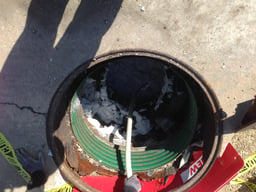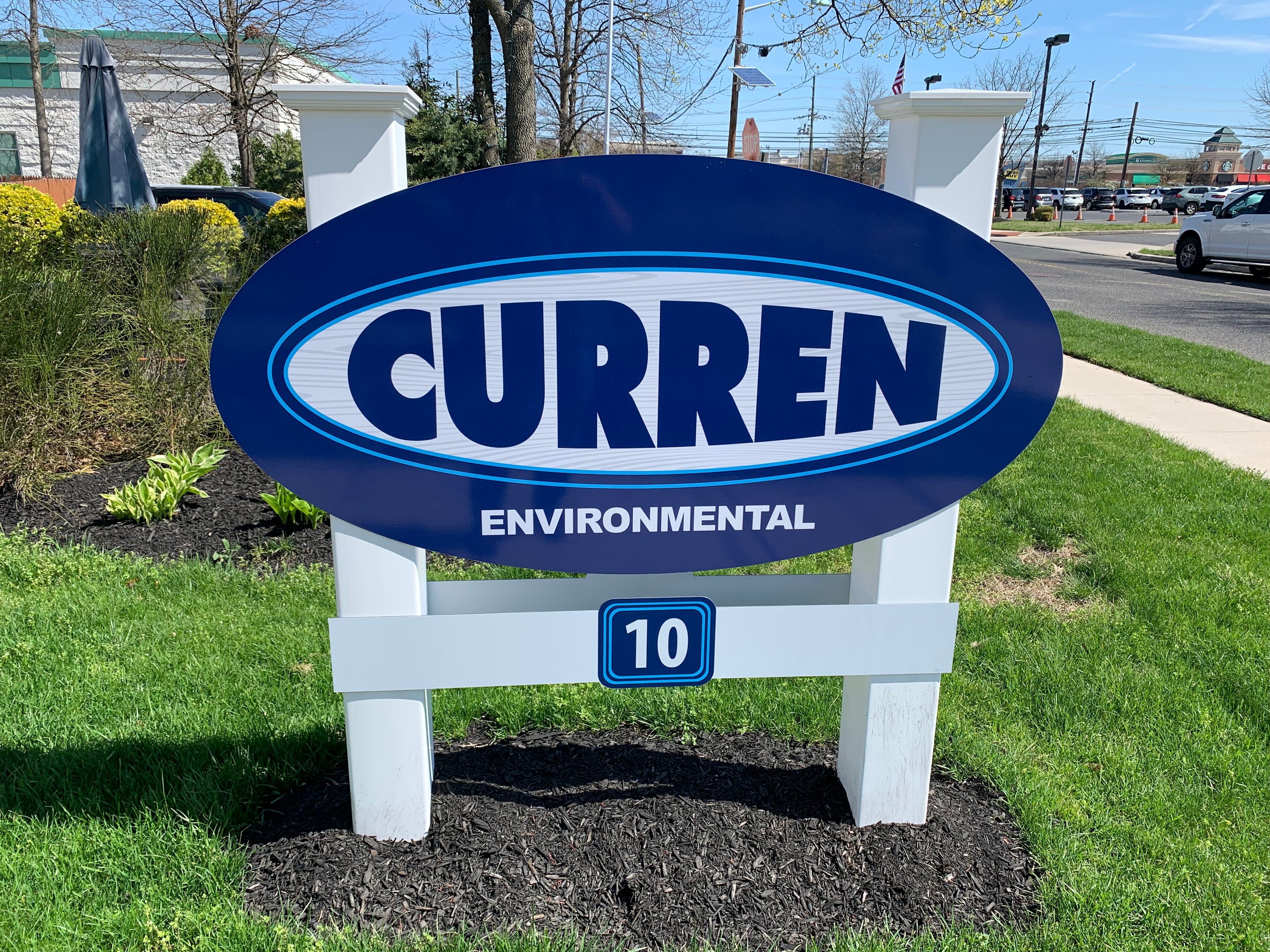Abandoned Underground Storage Tanks
with Foam in Pennsylvania
Tanks will eventually fail and leak because rust never sleeps. Removing tanks is generally better than filling tanks in place, but in certain circumstances typically due to tank locations, tank removal is not economically feasible. When tank removal is not practical, tank closure in place with foam is a viable and cost-effective option.
When you remove or close in place any buried petroleum storage tank, you must supply a clean inert material to fill the void space of the tank. For example, a 500-gallon tank requires 2.5 cubic yards of material to fill the void space.
Installing foam into an emptied underground storage tank is the most cost-effective solution for legally approved abandonment of underground storage tanks (USTs).

Foam is also a cost-effective solution for filling the void space prior to the abandonment of buried vessels, including oil tanks, underground propane tanks, gas tank, rail cars and other large containers.

For the foam to be viable, the vessel must first be cleaned of the residual product prior to injection of foam.

After tank cleaning and soil sampling, Curren Environmental mobilizes a foam rig (enclosed insulated foam trailer) capable of making foam on any project site for injection into a desired vessel. The foam is injected via hose fed gun that supplies a measured amount of air, resin and catalyst that makes foam when combined together. The foam is white in color and resembles shaving cream in appearance.
Tank Foam filling offers a number of financial advantages including:
- Lower excavation costs and a dump truck and trailer are not needed to remove a tank from the ground and transport the tank to a recycling facility.
- Surface restoration costs are not needed. A 1000-gallon UST measures 48” by 10’9”, and the hole you dig to remove this size tank is larger both in width and length. The larger the excavation the more restoration is required. Many tanks can be filled via the tank fill pipe or if excavation is necessary, you would have to excavate on average 4’ by 4’ square holes to uncover a portion of the tank for cleaning and for equipment to access the tank void for foam filling.

- If hardscaping is present over the tank including concrete, asphalt, or pavers, the disruption with foam tank filling can be minimized, thus reducing surface hardscape restoration.
- Foam can be cheaper than concrete and is cheaper to remove if the tank is required to be removed at a future date in time.
- Injected tank foam is non-flammable and chemically inert. The foam will not promote the corrosion of steel tanks or react with residual petroleum products.

Can I foam-fill a tank?
Federal and industry protocols for tank closure in place allow a tank to be filled with an inert material. An inert material can be filled, slurry, concrete, or foam. The advantage of foam is it is injected in a tank via a small diameter hose that can be snaked to hard-to-reach areas. If in the future the tank must be removed foam is also easy to remove.



